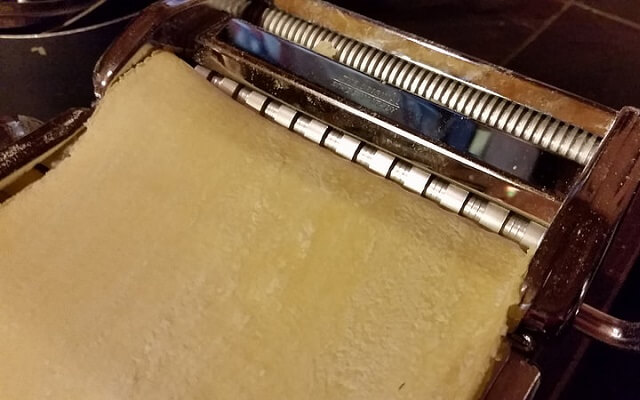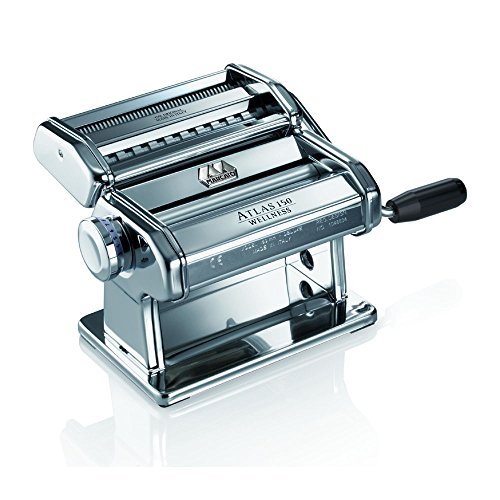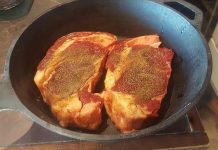Making homemade pasta is a very simple and easy skill to learn. We have documented a large amount of recipes which include pasta and every single one of them shows our pasta making process which can make the posts a little long winded.
To rectify that, I decided to just show our pasta making process as its own stand alone article. In future recipe documentations; I will just reference this separate post which should shorten up the articles quite a bit.
1. Gather your supplies.
 Semolina is usually recommended for pasta making; we just use all purpose flour.
Semolina is usually recommended for pasta making; we just use all purpose flour.
2. Measure.
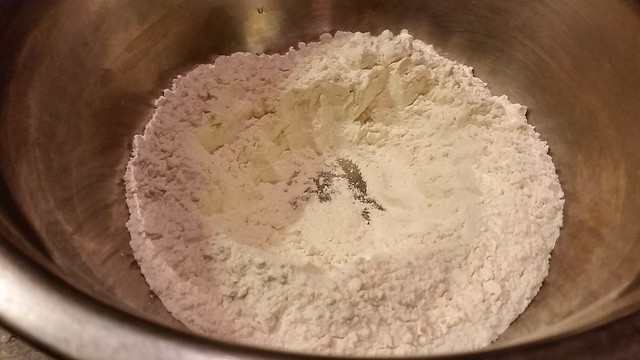
Measure out your flour. Depending on what I am making; I usually use three to four cups.
3. Make A Hole!
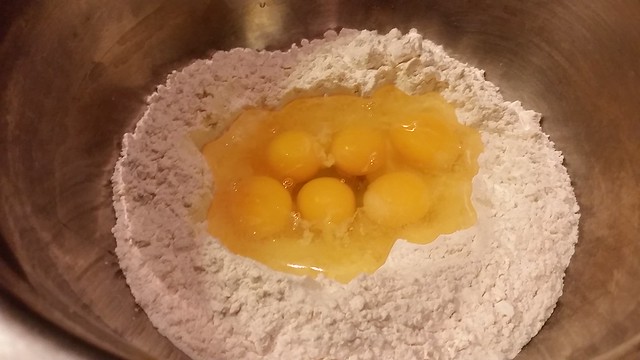
Create a divot in your flour and crack one egg per cup of flour into it.
4. Stir It Up.

Start whisking the eggs with a fork; just as if you are making scrambled eggs.
5. Combine.

Slowly pull the flour into your eggs as you whisk. You want to incorporate the dry into the wet to prevent clumping.
6. Get Your Hands Dirty.

When the whisking becomes difficult; incorporate the rest of the flour by hand. You may need to add more flour or eggs.
7. Downsizing.

After letting the dough rest for several minutes, cut them into smaller sections. Cover them with plastic so they do not dry out.
8. Getting Ready.
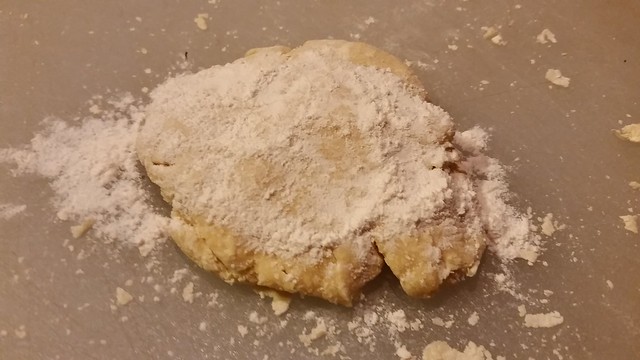
Flatten one of the balls of pasta dough by hand and lightly sprinkle with flour. This will help keep the dough from sticking.
9. Start Rolling.
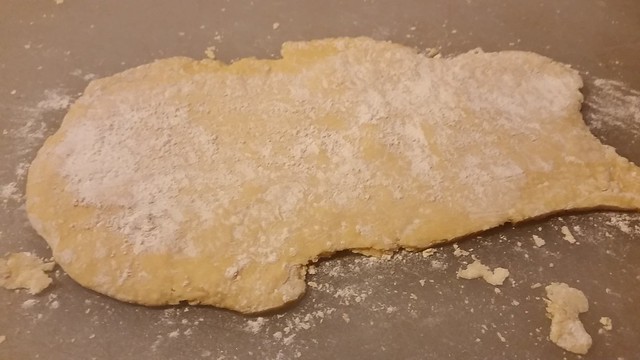
Send the ball through the roller on the largest setting; dust it with flour again, adjust the roller setting down and send it through again.
10. Roll Some More.

Repeat step 9 until you have the thickness you desire. I usually use the smallest setting for spaghetti and ravioli.
11. Forming Your Creation.
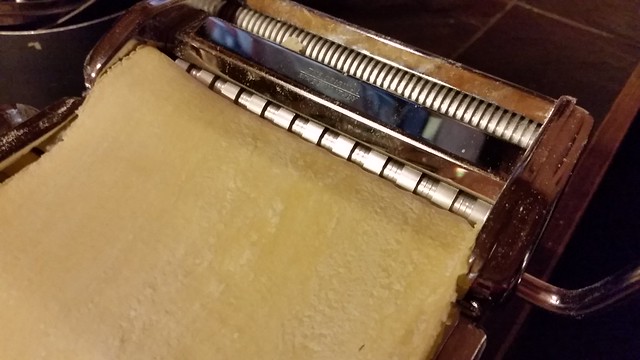
Set the end of the pasta sheet into the cutting roller that you want to use. Spaghetti is on top and fettuccine is in the middle.
12. Admire Your Work.

You can put the pasta directly into a pot of boiling water as it comes out of the pasta maker. If using at a later time; hang it to dry.
Other Options.

For making ravioli a form helps a lot. If you do not have a pasta maker; you can just use a rolling pin and knife to make your noodles. It just takes longer and is more work.
Pasta making is a great skill-set to have and is a building block to grow your knowledge base on.
- Proper flour storage in the pantry.
- Raising chickens for the eggs.
- Making your own cheese for the recipes.
- Making your own sauces to accompany the pasta.
- Growing your own tomatoes to make the sauce.
- Grinding wheat berries to make your own flour.
- Growing a small plot of wheat. As seen below.
If you try your hand at growing wheat let us know what your results are; we would love to hear about the experience.
Marcato Atlas Wellness 150 Pasta Maker, Stainless Steel
The Atlas pasta machine is the most famous pasta machine in the world. With this machine you’ll be able to make fettuccine, spaghetti, flat dough sheet, and tagliolini. It has an easy to use adjustment knob that allows you to control the thickness of pasta – from 0.3mm to 2.5mm. This heavy duty machine has a chrome plated steel body.

